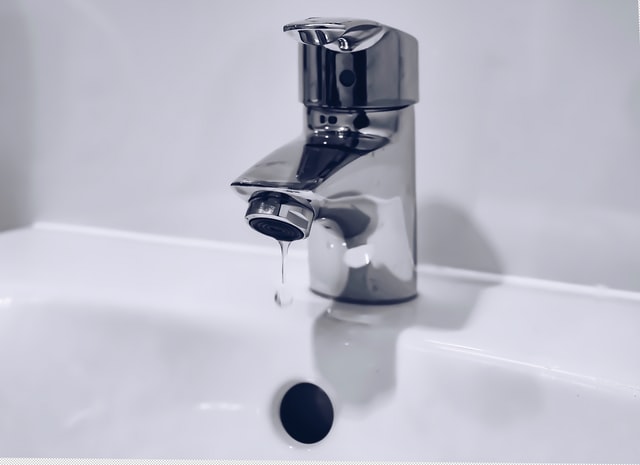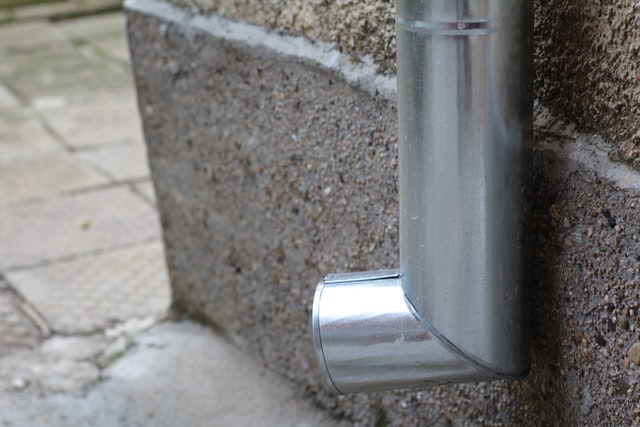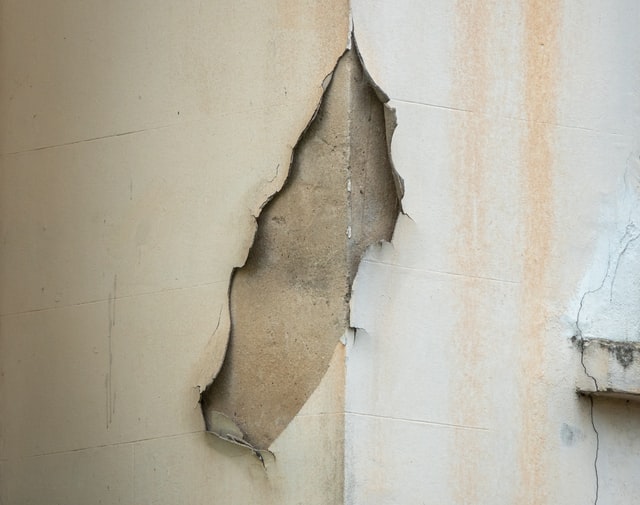
You will be surprised if you knew the reported estimates that each household experiences some kind of leak annually. Water leaks can result in major damage to your property. To make repairs and renovations, property owners could have to spend thousands of dollars.
Water damage is widespread in homes since water runs practically everywhere, and water leaks are often not discovered until they have caused damage to the surrounding areas. Flooring, ceilings, furniture, drywall, and carpeting often fall victim to the destruction caused by water damage.
Water damage in your rental property can be especially damaging. This is because if you have water damage in your home, it can harm not just your income but also your tenants, investment, and business.
The most prevalent causes of water damage are plumbing and appliance malfunctions, followed by weather-related difficulties. If you want to learn how you can best protect your property from water damage, whether you’re a first time investor or looking to expand your portfolio, keep on reading!
What Are the Common Causes of Water Damage?
Hidden water leaks can be difficult to identify and locate. It's possible for indicators to not be obvious right away. When water leakage is suspected, it's vital to find the source as soon as possible.
To locate and identify the problem, the property owner or manager will most likely need to engage a plumber or a property restoration company.

The following are the common causes of water damage:
- Malfunctioning of the plumbing fixtures and fittings such as toilet, sink, etc.
- Malfunctioning appliances such as water heaters
- Water build-up
- Clogged gutters
- Freezing
- Corrosion
- Tree roots
- Leaking, blocked, or burst pipes
- Pressure due to blocked garbage disposal or other appliances
- CPVC & PEX pose vulnerability to new homes
- Improper pipe insulation, potable water, and harsh chemicals
- Destruction by rodents chewing through PEX for water
- Destruction of sewage backups
The signs of water damage include:
- Growth of mold or mildew in a bathroom or kitchen that regrows after clean-up
- Stains on the ceilings could be evidence of water leaking into walls or floors
- Blistering paint
- Cracking walls
- Water pooling on the floor, buckling, or cupped wood floors. This is common in slab-foundation homes
- Dry rot in wooden elements of the structure
- An unusual increase in the water bill could be evidence of water damage
What Are the Tips Applicable for Preventing Water Damage?
There are several measures you may take to protect your rental property from water damage. There are also various strategies to limit the danger of water damage to your property. Here are a few tips:
Check Your Gutters
At the very least, clear rain gutters and remove debris and vegetation build-up once a year or following storms. Make sure your gutters are angled downward if at all possible. This helps water to flow away from your property rather than gathering at the perimeter and seeping into the foundations of your home.

Check Downspouts
Extend gutter downspouts if possible so that they are away from the house. The goal of a functional drainage system is to keep as much water from collecting around the building as possible.
With this in mind, making sure downspouts transport the water as far away as possible reduces the risk of flooding. You should also check for damage to downspouts and replace or repair any broken pieces.
Grade the Yard
Examine the property's grading. Water can easily accumulate on level land during heavy rains, putting your home at risk. Rental properties with a naturally sloping yard are perfect for allowing water to drain effectively.
Check the Outdoor Drains and Seal Windows Properly
Keep an eye on outside drains, especially those near doors, for debris. You should also examine all windows inside and out for cracks and repair them if necessary.
Examine Your Roof
People frequently ignore the roof as a potential source of water damage. You usually don't realize you have a problem until you see water spots on the ceiling. To prevent water from seeping into your home, inspect your roof at least once a year and repair or replace any damaged or missing shingles.
Check Your Sump Pump
Sump pumps are meant to quickly eliminate any water that has accumulated in your basement or crawlspaces. A damaged sump pump might create continuous wetness in your basement if it isn't checked for damage.

Check for Cracks on the Walls
Water can leak into the foundations of a home through cracks in both the external and interior walls, undermining its structural integrity. It’s best to bring in a professional for a thorough inspection.
Check Perimeter Walls and Drains
If water is pooling around the external walls, contact a professional to address any structural issues and seal the walls with waterproofing materials.
Dispose of Cooking Fats Correctly
Cooking oils harden when they cool, which can lead to a plugged pipe. Instead of pouring fats, oils, and grease down the drain, keep them in a disposable container in the fridge and dispose of oils once they've solidified.
Clear Obstructions from Floor Drains
In damp areas, check for the accumulation of dust, grime, and hair in the floor drains. Make it a practice to wipe them out once a week or every two weeks to avoid costly water damage inside the house.
Closing Thoughts
Water damage can be hard to detect. Once it becomes apparent, it could result in a very costly fix. Therefore it’s best to implement some preventative steps to protect your property and conduct regular inspections. If you need to help, you can always contact a professional management company to coordinate this on your behalf.
Schambs Property Management can assist you in effectively managing and growing your investment. We offer the expertise, resources, tools, and experience to take care of all aspects of your rental properties. Contact us today to learn more about our services!